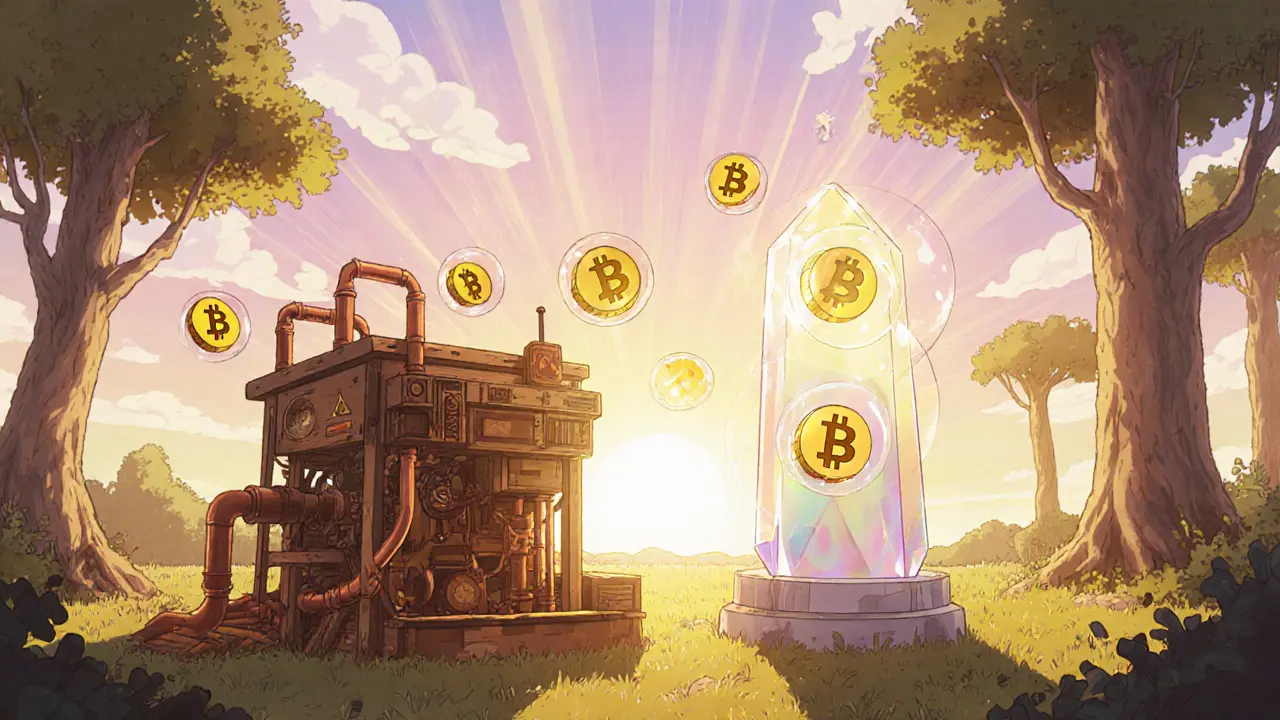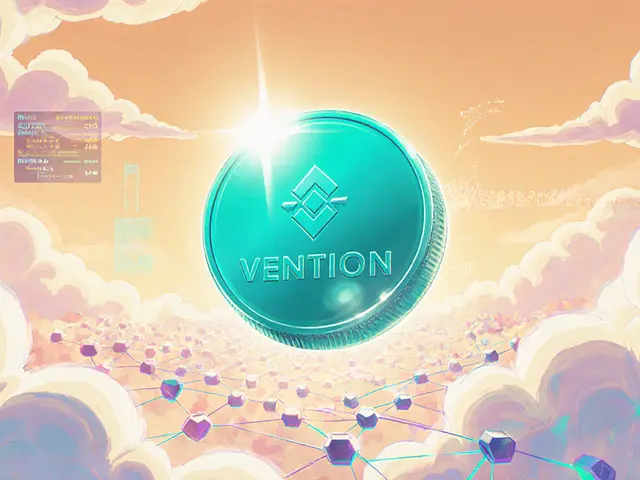Understanding Block Reward: How Incentives Power Blockchain Networks
When working with block reward, the fresh coins or transaction fees granted to a miner or validator for successfully adding a new block to a blockchain. Also known as mining reward, it sits at the heart of every public ledger that relies on economic incentives. The block reward not only compensates participants for the electricity and hardware they spend, it also creates a predictable supply curve that shapes a coin’s inflation rate. In proof‑of‑work chains, the reward is earned by solving a cryptographic puzzle; in proof‑of‑stake systems, a similar payout—often called a validator reward—replaces the mining process.
Key Concepts Behind Block Rewards
The first related entity you’ll meet is cryptocurrency mining, the process of bundling transactions into blocks and securing the network by performing computational work. Mining supplies the raw power that makes the reward possible, and its profitability hinges on the block reward size, the current market price, and the network’s difficulty setting. Next comes proof of work, a consensus algorithm that requires miners to find a hash below a target value, proving they expended computational effort. Proof of work directly determines how often a block reward is paid out because the harder the puzzle, the fewer blocks a miner can create, which in turn controls the flow of new coins into circulation.
But not every blockchain sticks with proof of work. staking, the act of locking up a certain amount of a cryptocurrency to support network operations and earn validator rewards offers an alternative incentive model. In proof‑of‑stake chains, the "block reward" concept mutates into a share of transaction fees and newly minted tokens that validators receive proportionally to their stake. This shift reduces energy consumption while preserving the core idea: participants get paid for helping secure the ledger.
All three entities—block reward, cryptocurrency mining, and staking—form a loop that keeps blockchain ecosystems alive. Block reward incentivizes mining; mining validates transactions; validation maintains network integrity, which then justifies continued reward issuance. As you explore the articles below, you’ll see how these ideas play out in real‑world scenarios: from exchange reviews that explain fee structures linked to mining costs, to deep dives on how public vs private blockchains treat rewards, and even guides on capturing airdrops that stem from reward distributions. Ready to see how incentives shape the crypto world? Dive into the collection and get the practical details you need.
Block Reward vs Transaction Fees: How Crypto Networks Pay Miners and Validators
Explore how block rewards and transaction fees power Bitcoin and Ethereum, why their balance shifts, and what it means for miners, validators, and users.





